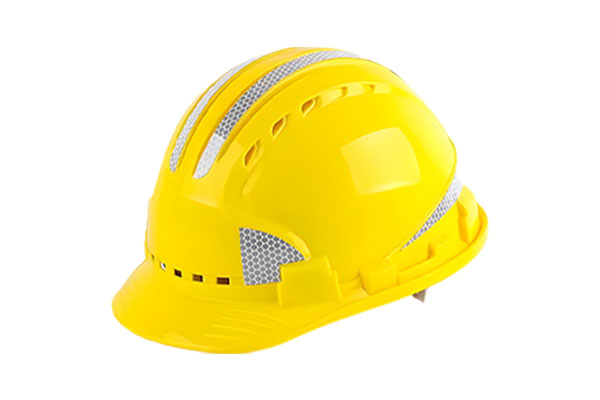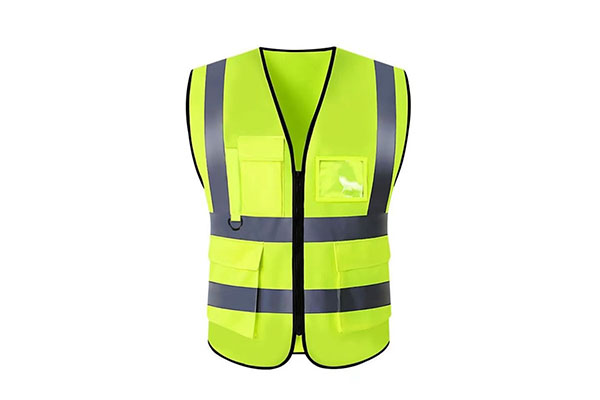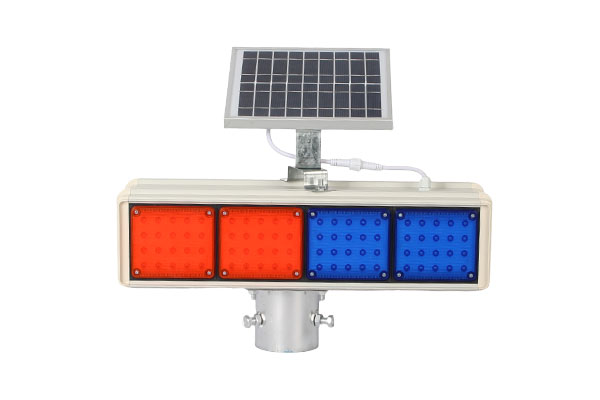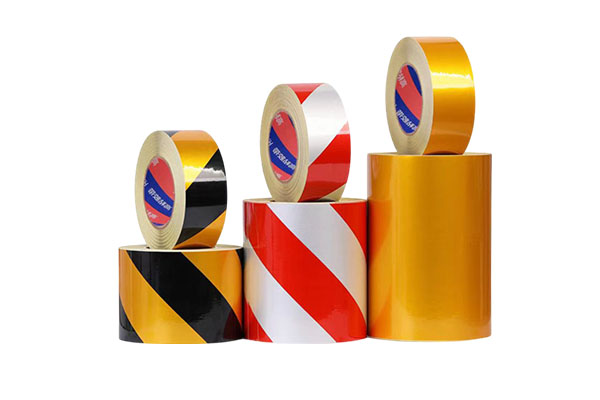How do reflective vests perform in adverse weather conditions?
Release Time : 2025-03-20
The performance of reflective vests in adverse weather conditions is one of the important indicators for evaluating their quality and practicality.
On rainy days, reflective vests need to withstand the erosion of rain and the test of wet environments. High-quality reflective vests are usually made of waterproof or water-resistant materials to ensure that their reflective properties can be maintained even on rainy days. The reflective strips and reflective materials on these vests are specially treated to continue to reflect light when wet, allowing the wearer to remain highly visible on rainy days. In addition, the waterproof design prevents rain from penetrating the interior of the vest, keeping the wearer comfortable and dry.
In haze weather, visibility is significantly reduced, which puts higher demands on the reflective performance of reflective vests. High-quality reflective vests use high-brightness, wide-angle reflective materials that can effectively reflect light even in haze weather, improving the wearer's recognition. These materials can reflect light at various angles and light, ensuring that people around can clearly see the wearer's position, thereby avoiding potential safety hazards.
On snowy days, reflective vests need to face the challenges of snow cover and low temperature environments. On the one hand, the reflective material on the reflective vest needs to be able to maintain its reflective properties when covered with snow, ensuring that the wearer can be found in the snow in time. On the other hand, the vest material needs to have a certain degree of warmth retention to resist the impact of low temperature on the wearer. Therefore, when choosing a reflective vest, you should consider whether it has sufficient warmth retention and reflective properties to meet the needs of use on snowy days.
In strong winds, the reflective vest needs to be able to fit the wearer firmly to prevent it from being blown up or falling off by strong winds. To this end, the reflective vest is usually designed to fit the body and is equipped with adjustable belts, buckles and other accessories to ensure that the vest can remain stable in strong winds. In addition, the vest material also needs to have a certain degree of wind resistance to reduce the impact of strong winds on the wearer's comfort.
In severe weather conditions, the durability of the reflective vest is also crucial. High-quality reflective vests are usually made of wear-resistant and tear-resistant materials that can withstand various physical impacts and wear in severe weather. These vests are also rigorously tested and certified to ensure that they maintain stable reflective performance and durability in various harsh environments.
In addition to reflective performance and durability, the comfort of reflective vests in bad weather is also one of the factors that need to be considered. High-quality reflective vests are usually made of breathable and moisture-absorbing materials to keep the wearer dry and comfortable. In addition, the vest design also focuses on ergonomic principles to ensure that the wearer can maintain comfort even when wearing it for a long time.
Reflective vests are widely used in bad weather conditions, including traffic police, road construction workers, rescue workers, etc. People in these professions need to maintain high visibility in bad weather to ensure their own safety and work efficiency. Reflective vests can provide effective reflective effects and warmth retention, allowing them to work normally and protect their own safety in bad weather.
The performance of reflective vests in bad weather conditions depends on multiple factors such as its materials, design, durability and comfort. High-quality reflective vests can maintain stable reflective performance and durability in various harsh environments, providing effective safety protection for the wearer.







